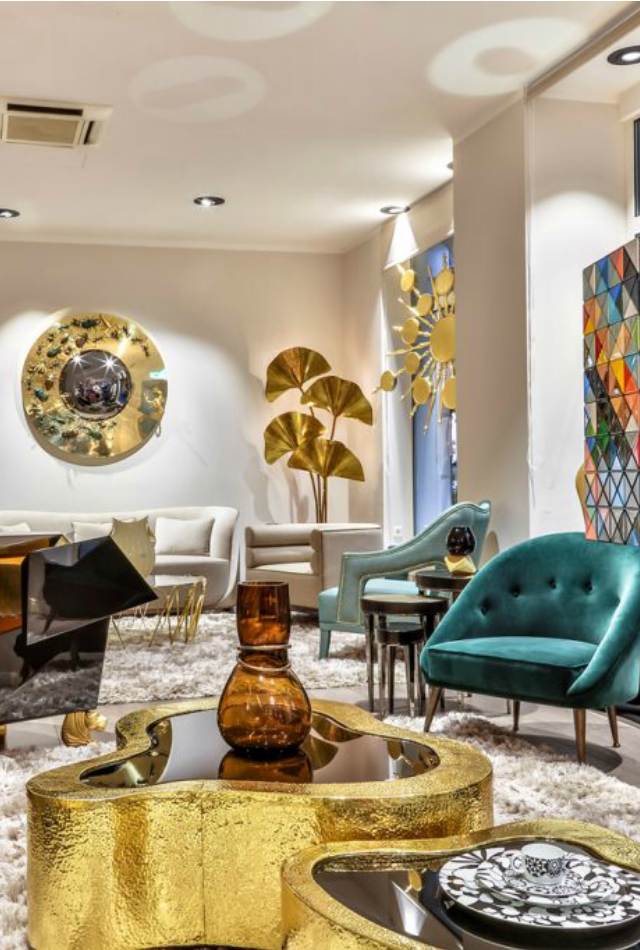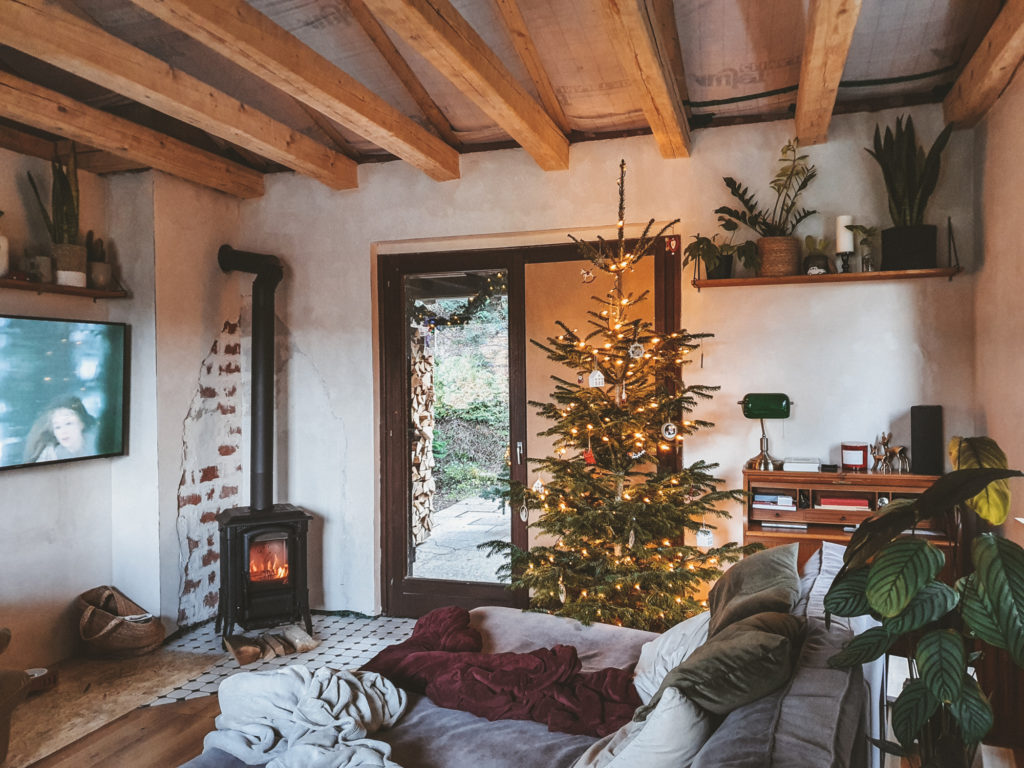When I first stepped into a traditional German home, I was immediately struck by the warmth and character that filled the space. The intricate details, thoughtful layouts, and blend of old-world charm with modern aesthetics left a lasting impression. This experience sparked my fascination with German home decorations, leading me to explore various styles, trends, and ideas that can breathe life into any home. In this article, you’ll discover the essence of German home decorations, their historical significance, and practical tips to incorporate these elements into your own living space.
Understanding German Home Decor: A Brief History
The history of German home decorations is rich and diverse, reflecting the country’s complex cultural heritage. From rustic farmhouses in Bavaria to sleek modern apartments in Berlin, each region boasts its own unique style. Understanding the evolution of these styles can help you appreciate the nuances of German home decor.
The Influence of Traditional German Styles

Germany’s home design styles can often be traced back to key historical influences:
- Bauhaus: Founded in 1919, this design movement emphasized simplicity and functionality, favoring clean lines and minimalism.
- Folk Art: Characterized by handcrafted details and traditional motifs, folk art reflects local customs and traditions.
- Romanticism: This period emphasized warmth and coziness, leading to the popularity of rustic wooden furniture and soft textiles.

The Role of Nature in Design
Germans have a deep connection to nature, which profoundly influences their home decor. Using natural materials like wood, stone, and textiles creates a welcoming atmosphere that fosters tranquility and comfort.

Key Elements of German Home Decorations
Now that we’ve laid the groundwork, let’s delve into the key elements that define German home decorations. Incorporating these aspects can help you create a cozy and inviting environment.

1. Natural Materials
Wood is perhaps the most significant material in German home decor. Whether it’s rustic beams in the ceiling or elegantly crafted furniture, wood fosters a warm ambiance. In my own home, I opted for reclaimed wood furniture, which not only adds character but also tells a story.

Types of Wood Commonly Used
| Wood Type | Characteristics | Common Uses |
|---|---|---|
| Oak | Strong and durable | Furniture, flooring |
| Beech | Fine grain, light color | Cabinetry, flooring |
| Pine | Softwood, less expensive | Furniture, accents |

2. Soft Textiles
Textiles play a vital role in German home decor. From cozy blankets to intricate cushions, these elements add layers of comfort. Consider using natural fabrics like cotton, linen, and wool for an authentic feel.

Popular Textile Patterns
- Checks: This pattern is reminiscent of traditional German tablecloths.
- Stripes: Often found in textiles, stripes can add structure to a space.
- Floral: Using floral patterns can bring a touch of nature indoors.
3. Rustic Furniture
Furniture in a German home often features a blend of functionality and aesthetic appeal. Vintage pieces, including wooden dining tables and handcrafted chairs, create an inviting atmosphere.
Incorporating German Home Decorations into Your Space
Incorporating German home decorations isn’t only about finding the right pieces but also creating a cohesive look that tells a story. Here are some practical tips to achieve that:
1. Start with a Color Palette
Choose a color palette that resonates with the German aesthetic—think earthy tones paired with bold accents. I personally love pairing deep greens and browns with vibrant reds or yellows.
Suggested Color Combinations
| Color Combination | Emotional Impact |
|---|---|
| Forest Green & Soft Beige | Tranquility & Warmth |
| Deep Red & Cream | Passion & Comfort |
| Warm Brown & Gold Accents | Richness & Coziness |
2. Create Inviting Spaces
Focus on creating cozy corners within your home. A reading nook with a comfortable chair, soft lighting, and a textured throw can evoke a warm German ambiance.
3. Incorporate Wall Art
Wall art is a perfect way to reflect your personality and taste. Consider traditional German prints or modern interpretations of classic themes. I’ve added a few framed vintage prints to my walls, which always spark conversations.
Types of Wall Art to Consider
- Local Landscapes: Scenic prints from German regions.
- Folk Art: Colorful, intricate designs that tell a story.
- Abstract Art: Modern interpretations that fit within the existing decor.
Modern German Decor Trends
As we move forward, it’s essential to recognize current trends in German home decorations. These trends showcase how traditional elements can evolve while still paying homage to their roots.
1. Minimalism
Minimalism remains prominent in contemporary German design. Clean lines, uncluttered spaces, and a focus on functionality are key aspects. My own living room reflects this trend with a few well-chosen, significant pieces rather than multiple items.
2. Sustainability
With a growing emphasis on sustainability, many Germans are opting for eco-friendly materials and practices. Reclaimed wood, natural fibers, and energy-efficient appliances are becoming the norm.
Pros and Cons of German Home Decor
Understanding the pros and cons of this style can help you make informed decisions when decorating your home.
| Pros | Cons |
|---|---|
| Timeless appeal | Can be expensive |
| Focus on functionality | Requires regular maintenance |
| Eco-friendly options available | May not suit everyone’s taste |
FAQs About German Home Decorations
What are the main characteristics of German home decor?
German home decor is characterized by the use of natural materials, rustic furniture, and soft textiles, all of which create a warm and inviting atmosphere.
How can I incorporate German decorations into a modern home?
You can blend traditional elements like wooden furniture with modern decor items, using a balanced color palette and focusing on simplicity and functionality.
Are there any particular color schemes that are popular in German decor?
Popular color schemes often involve earthy tones such as browns, greens, and creams, paired with vibrant accents to create warmth and depth.
What are some tips for maintaining rustic furniture?
Regular cleaning with appropriate wood cleaners, avoiding excessive moisture, and applying furniture polish can help maintain the beauty of rustic furniture.
Final Thoughts: Bringing German Home Decorations to Life
Incorporating German home decorations into your space offers a unique way to blend history, culture, and personal style. By focusing on natural materials, textiles, and functional furniture, you can create a home that is not only beautiful but also warm and inviting. Remember, every piece you choose can tell your story while honoring the rich traditions of German design. Happy decorating!